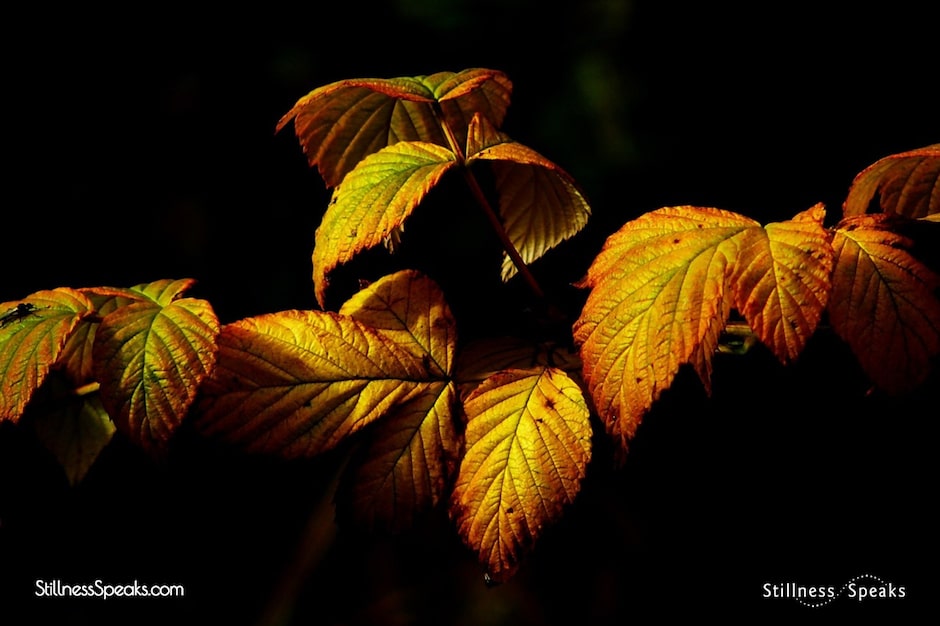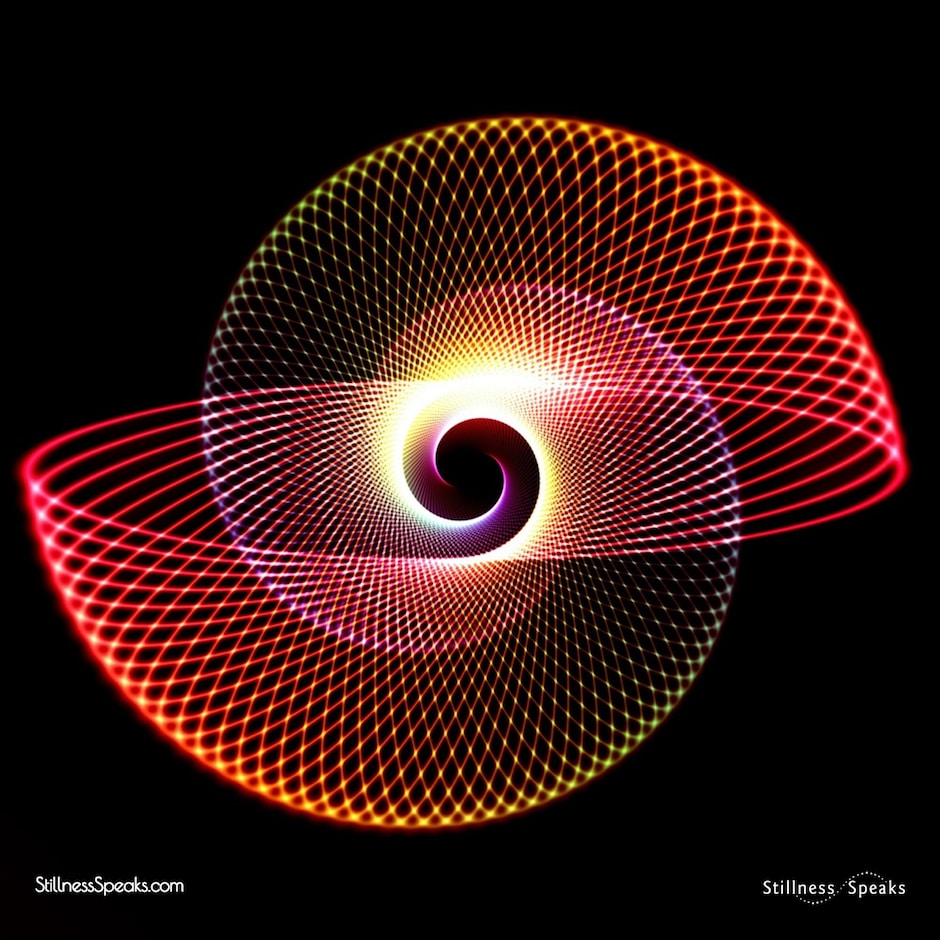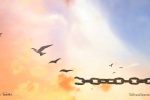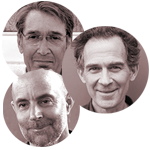Mindful Living: “… let go of any attachments as to how things should or should not be; become aware of our experience in the present as it is, without resistance or judgment. Then—and this is key—let the attention soften and relax …” ~ Peter Russell
We continue this series on Peter Russell’s book “Seeds of Awakening.” As we’ve noted before, it is one of the clearest distillation of “perennial wisdom {without} the trappings of time and culture” that is very readable, engaging, deeply insightful and a treasure trove of very relatable “wisdom gems.”
Peter continues the exploration of timeless wisdom in the chapter titled Returning To Natural Mind where he covers the “natural state of mind” – the challenges involved and why we are not in that state and what we can “do (a paradox)” to be in that state …. “… We simply need to let go of any attachments as to how things should or should not be; become aware of our experience in the present as it is, without resistance or judgment …” this is the crux of mindful living.
Seeds of Awakening is listed in our book library and can be purchased by clicking here. All italicized text below is directly excerpted from Peter’s book with his permission.
Here’s Part 1: Rediscovering The Timeless Wisdom, Part 2: Kindness , and Part 3: Effortless Meditation.
In effect, this chapter points to the essence of mindfulness … or mindful living …. so …
It seems most apropos for us to publish it, at this time, because we are in the early stages of our #GivingTuesday campaign – where we are raising funds to support fostering of mindfulness in children and educators … please check out our campaign post and support us in this fundraising drive.
Mindful Living by Returning To Natural Mind
Behind all our endeavors lies the desire to feel good—to be happy, feel content, relaxed, and at ease. No one wants to be in pain or to suffer unnecessarily. This is our true bottom line. We may think we are seeking some external goal, but we are seeking it in the hope that, in one way or another, we’ll feel better for it.
Why then, are we so seldom at peace? After all, we’re intelligent beings, who can look ahead and plan for the future. Moreover, we have many tools and technologies with which to create a better world. One would think that we, of all creatures, would be content and at ease. Yet the very opposite seems to be true. Our pet dog or cat seems to be at ease much more of the time than we are.
Paradoxically, it is our remarkable ability to change the world that has led us to this sorry state. We have fallen into the belief that if we are not at peace, then we must do something about it. We believe we need to attain some goal, possess some thing, find some new experience; or conversely, avoid a situation or person that is causing us distress. We assume that, if we could just get our world to be the way we want it to be, we could finally be happy.
In the short term, this approach seems to work. When we get what we want, we usually do feel better. But only for a while. Before long, we are off in search of some other source of happiness.
We live in what Indian philosophies call samsara, which means “to wander on endlessly.” We wander on, looking for happiness in a world that provides but temporary respites from our discontent, fleeting satisfactions followed by more wandering on in search of that ever-elusive goal.
Ironically, believing that peace of mind comes from what we have or do often results in the very opposite. The idea that something is missing or needs changing creates a sense of discontent. Our attention becomes preoccupied with what we need, the choices to be made, the plans to carry them out—much of it concerning situations that don’t yet exist, and probably never will. Our thoughts move from one issue to another with seldom a pause.
Throughout history, there have been those who’ve discovered a timeless truth about human consciousness: our natural state of mind is already one of ease and contentment. By “natural” they do not mean the state of mind in which we spend most of our time—which, for the vast majority, is not one of ease and contentment. They are speaking of the mind before it becomes tarnished with worries and concerns. It is how we feel when everything is OK; when we are not worrying about anything.
Time and again they’ve told us that we don’t need to do anything, or go anywhere to return to this natural state of ease. We simply need to let go of any attachments as to how things should or should not be; become aware of our experience in the present as it is, without resistance or judgment {the essence of mindful living}. Then—and this is key—let the attention soften and relax.
When we do, we taste how it feels to be free from worry, anticipation and planning. We find the peace of mind that we have been seeking all along. A peace that is not at the mercy of events, or the vacillations of the thinking mind. A peace we can return to again and again.
_ _ _
Again, here’s Part 1: Rediscovering The Timeless Wisdom. Part 2: Kindness, and Part 3: Effortless Meditation.
Peter covers topics like Effortless Meditation, Forgiveness, Returning to Natural Mind, Not Resisting Resistance … all of which are/contain “seeds” that can blossom into awakening … so stay tuned for more of these seeds in the coming weeks …
Above excerpt (all italicized text) is from Peter’s latest book Seeds of Awakening and is published here with his permission.










